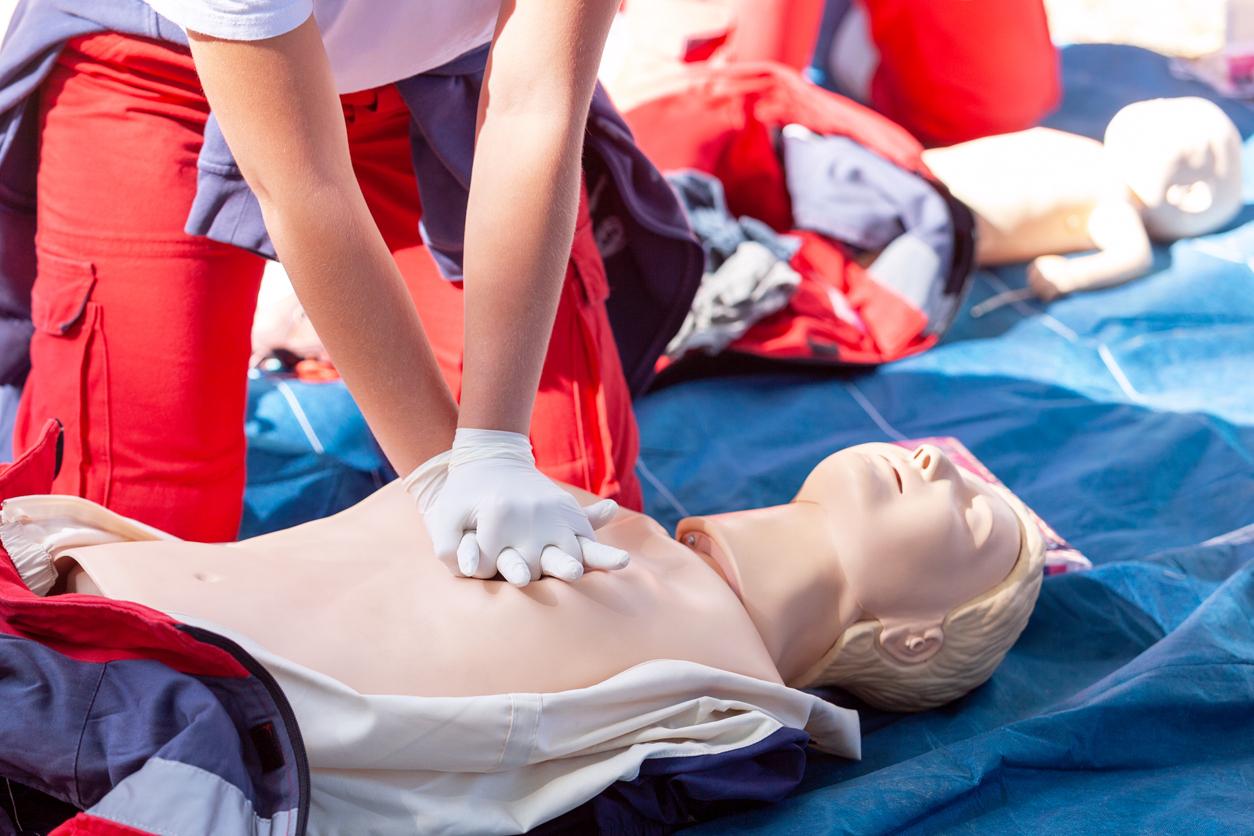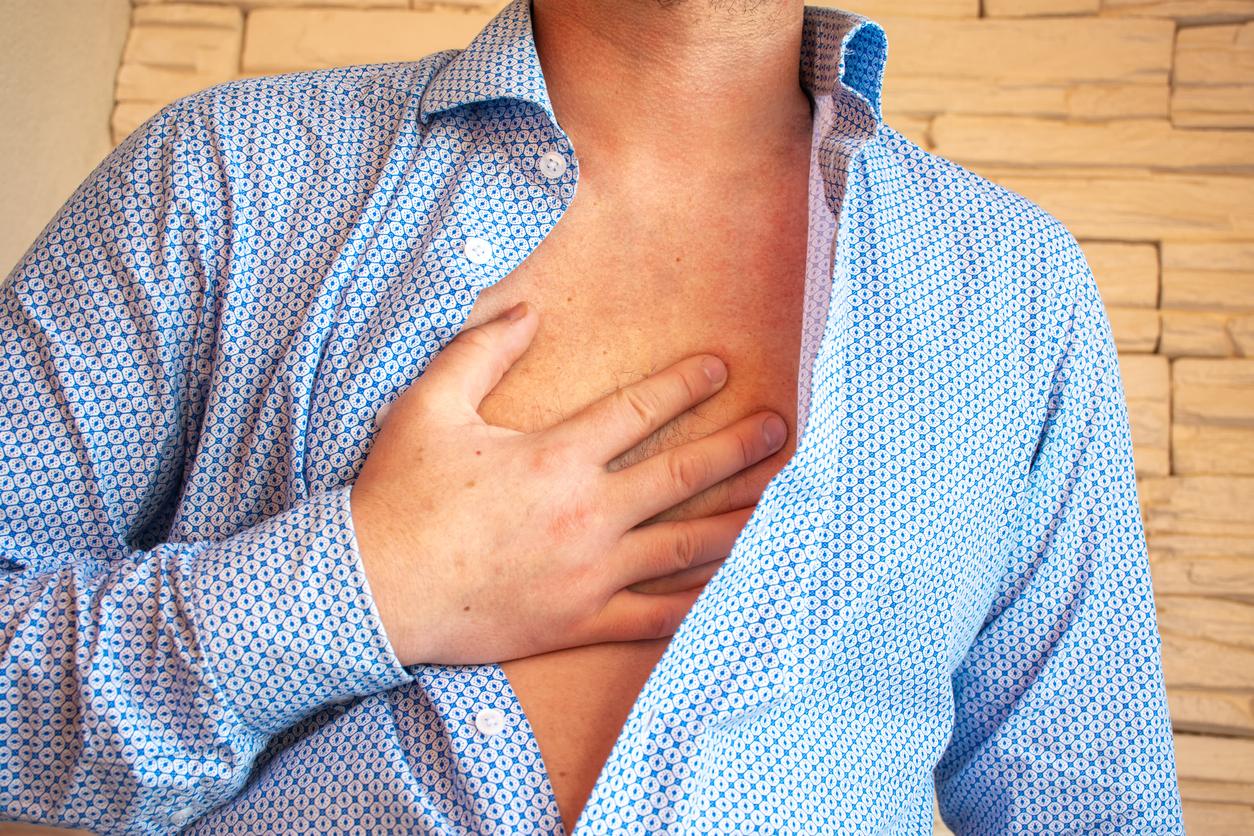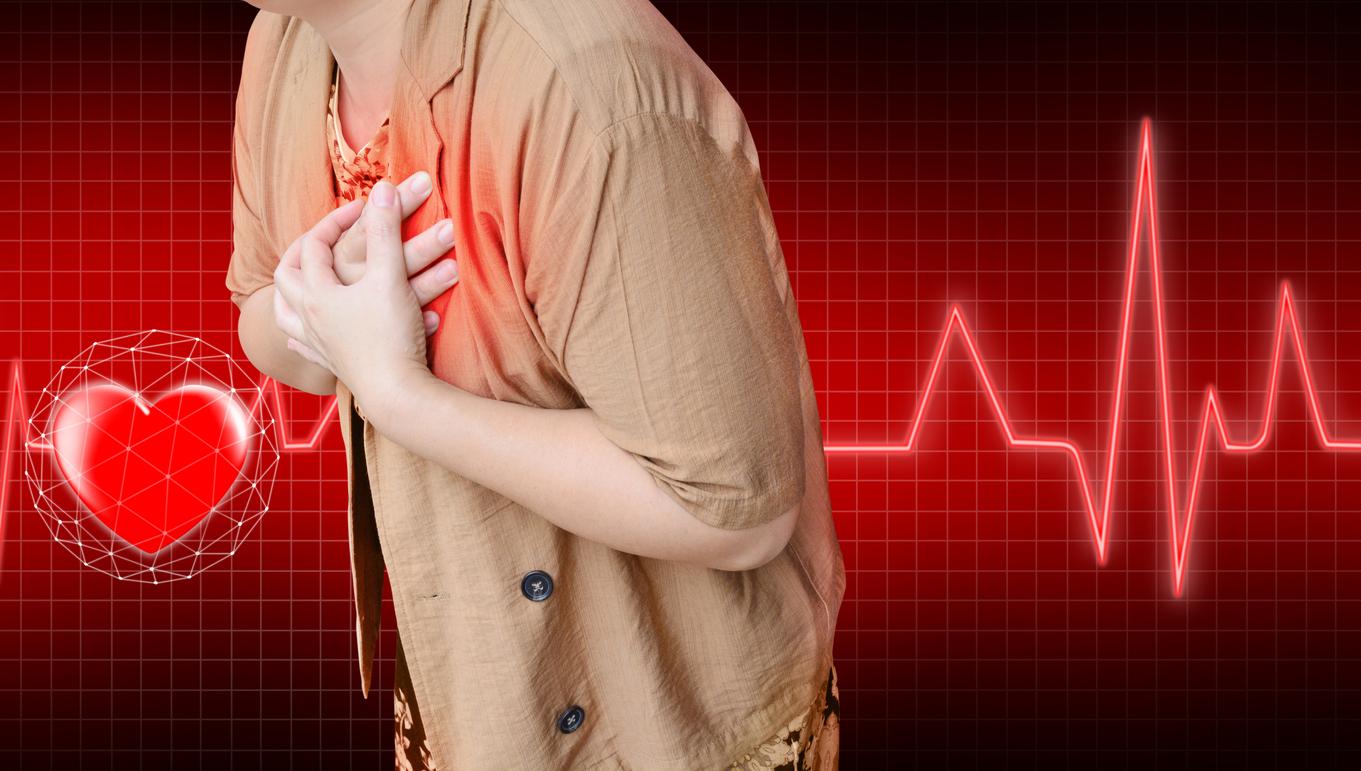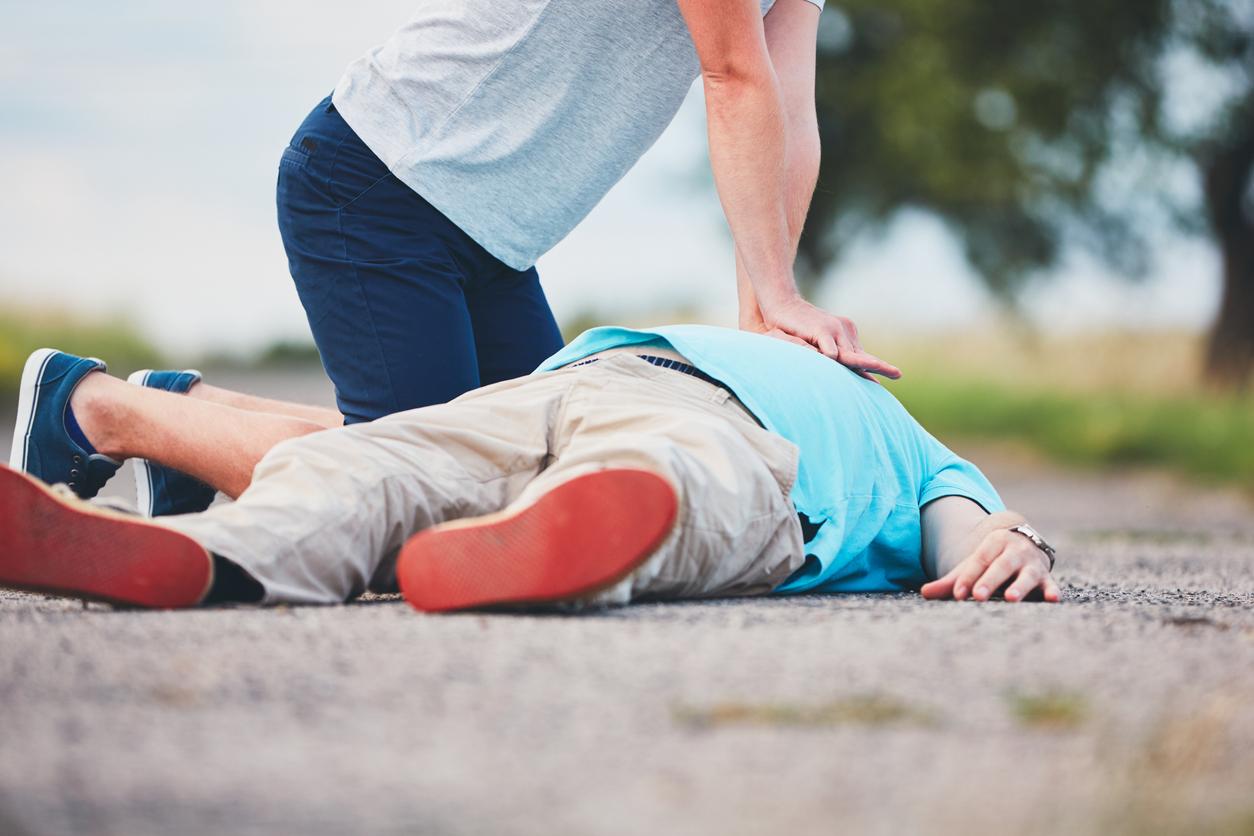Faced with a victim of cardiac arrest, resuscitation recommendations plead for deep chest compressions. The risk of fracture of the ribs or sternum exists but these injuries are often accompanied by a reduction in brain damage.

- Deep chest compressions are recommended in cardiopulmonary resuscitation
- These gestures can lead to injuries to the ribs or sternum.
- But patients injured by resuscitation show less brain damage
Better a broken rib than a brain injury. This seems obvious, but the question arises regularly, every 5 years, when updating the cardiopulmonary resuscitation guidelines: these are used by all those, rescue professionals or the general public, who are called upon to intervene. with a victim of cardiac arrest. The 2010 recommendation which introduced deeper chest compressions had indeed raised concerns about the risk of increasing injuries related to these more “supported” cardiac massages.
Rib and sternum fractures
A study presented on August 24, 2020 at the ESC 2020 congress (Congress of the European Society of Cardiology) comes to settle the debate: it demonstrates that cardiopulmonary resuscitation, if they can cause fractures of the ribs or the sternum, reduce brain damage following cardiac arrest.
“Deep chest compressions improve blood flow to the brain and therefore also improve survival and brain function”, says the author of the study, Dr. Irene Marco Clement, from the University of La Paz in Madrid (Spain). When the circulation of blood stops because a person is in circulatory arrest or in a state of unconsciousness, the organs, including the brain, are no longer supplied with oxygen and begin to die. Especially since this process is very fast: brain lesions appear from the 3and minute, the chances of survival decreasing by 10% per minute without resuscitation and becoming practically nil after ten minutes of circulatory arrest without resuscitation. The fact of artificially oxygenating the blood and making it circulate from chest compressions makes it possible to avoid or slow down this degradation, the outcome of which can be fatal.
Neurological status and injury rate
The work carried out by Dr. Marco Clement has made it possible to measure the influence of advice on cardiopulmonary resuscitation – this is increasingly practiced by non-professionals using defibrillators – on the neurological state of survivors. cardiac arrest, but also to assess the injury rate associated with this practice.
Conducted between 2006 and 2020, this study included 510 patients who survived cardiac arrest after being hospitalized while unconscious. These patients whose average age was 63 years and who were 81% male were divided into three groups corresponding to the updates of the guidelines on cardiopulmonary resuscitation, 2006-2010, 2011-2015 and 2016-2020 .
Better brain function in injured patients
As a result, the proportion of injuries observed in patients treated after 2010 was higher, going from 12.7% for the period 2006-2010 to 23.5% for the period 2011-2015 and 22.7% for the period 2016-2020. But the cerebral performances of the surviving patients (51.6%) at three months have at the same time considerably increased between the start and the end of the study. Better, about two thirds of patients injured during resuscitation (65.1%) had a high brain function against only 42% for patients who had not been injured by resuscitation gestures.
This allows Dr. Marco Clement to conclude that “CPR injuries increased but these patients were less likely to have brain damage”. The communication made around his study also specifies that if the general public was more reluctant to practice this type of resuscitation during the Covid-19 pandemic because of the fear of contagion during the practice of mouth-to-mouth – mouth that accompanies chest compressions, these alone already have real effectiveness.
.








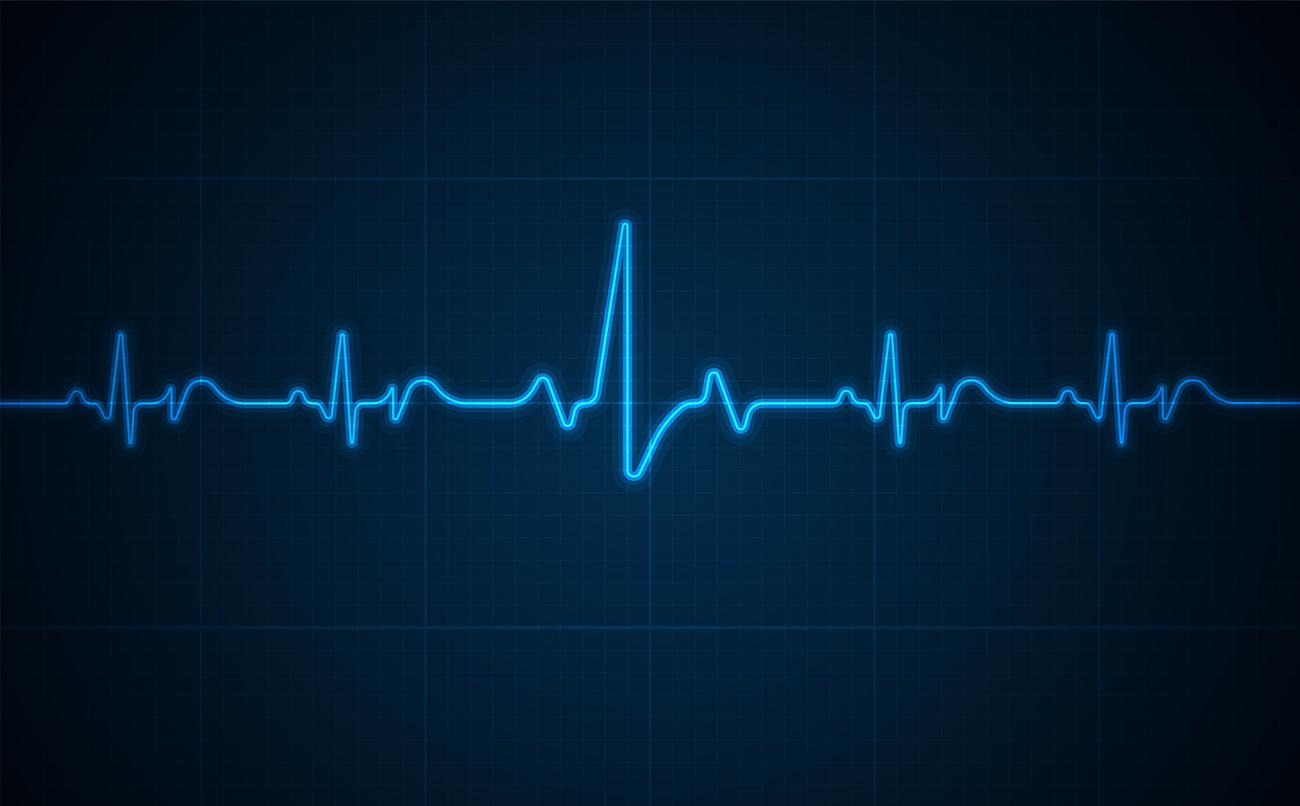
-1708094208.jpg)
